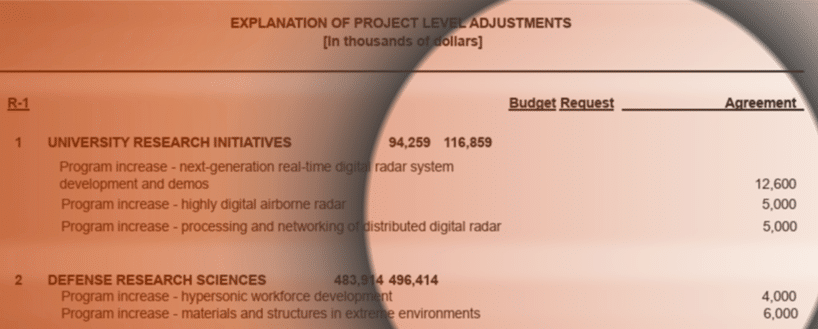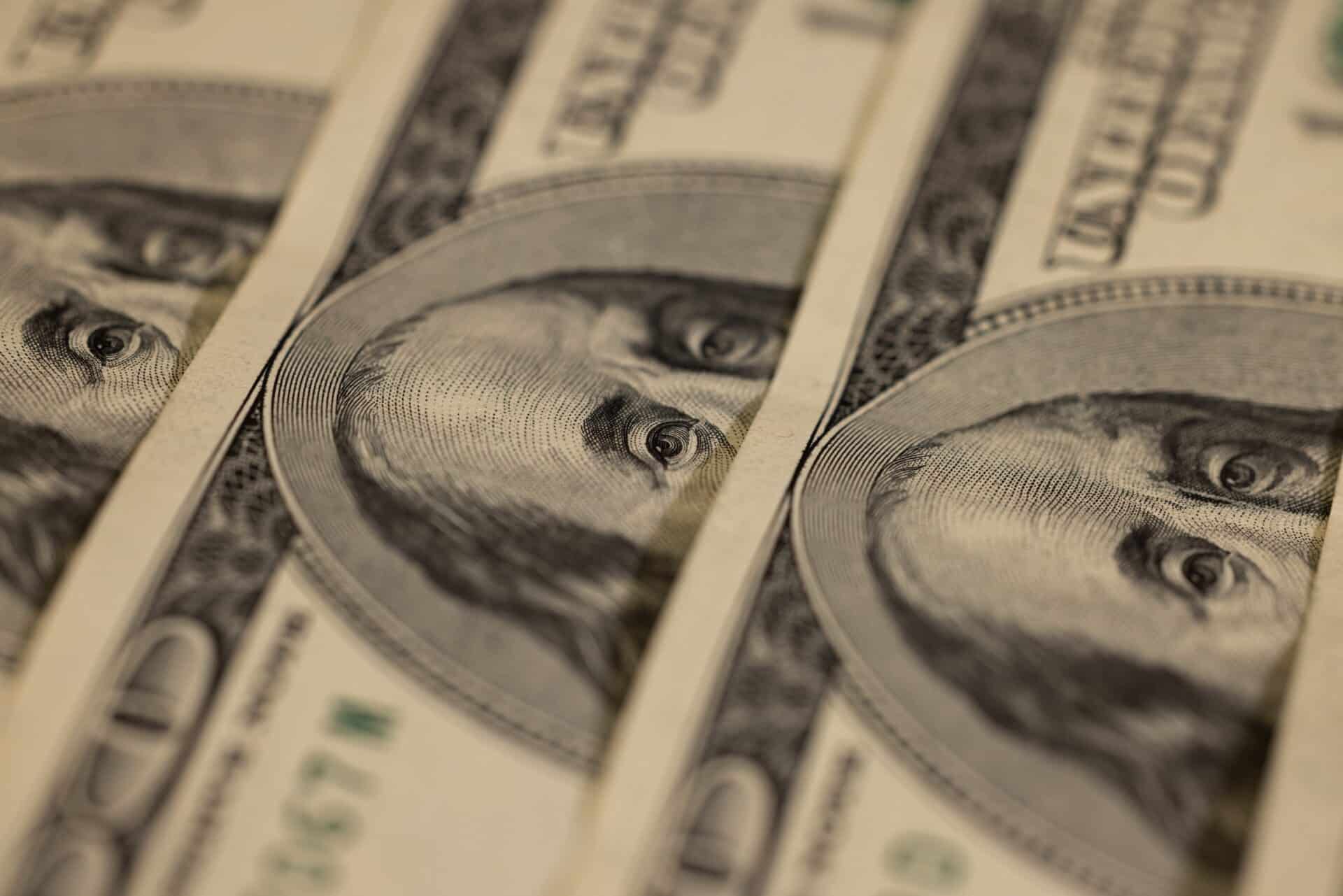In a great piece about the proposed Charlottesville (VA) Bypass, James Bacon from Bacon’s Rebellion lays out several significant problems with the design proposed by contractor Skanska-Branch and accepted by Virginia Department of Transportation (VDOT). In particular, Bacon highlights problems with the project’s “southern terminus”, where the new road would begin for Northbound trucks, at the edge of the University of Virginia (UVA) campus. Though we have highlighted this aspect of the project as a concern in the past, Bacon brings to light additional information making the whole thing look ever more ridiculous.
Most importantly, Skanska-Branch’s recent proposal would replace “flyover” ramps (providing fairly seamless connection between the Bypass and adjoining roads) with a “3 lane diamond” interchange. This new interchange design would require vehicles to navigate two stop lights on a very steep slope to access the new bypass. This is particularly problematic for trucks, and according to VDOT’s own consultants, Parsons Brinkerhoff, it would take them nearly 2 minutes longer to navigate than with the flyover ramps. Two minutes of additional travel time may not seem like a lot, but here’s the kicker: that would all but completely wipe out the ENTIRE travel time savings of the quarter-billion dollar road! Since the intended purpose of the road is to reduce congestion on existing US29 (which we already know it won’t do) and facilitate movement of goods through this part of the state (which this analysis shows it won’t do), the road has been shown to be essentially worthless.
And that’s just the time savings loss from one interchange. There are other problems revealed in the documents Mr. Bacon reviewed, including concerns about how the interchange would function during high traffic events on the UVA campus. To accommodate these high traffic events and prevent total gridlock on the new road and the surrounding connecting roads during these times, it has been suggested an additional lane may be required on one of the project’s bridges. This would certainly drive up the cost of the project and make it an even worse deal for taxpayers.
Bacon concludes:
“Either way, taxpayers lose. Either they pay for a $244 million Bypass that provides little travel-time improvement and creates dangerous traffic conditions or they pay way more than they were told the project would cost.”
As we’ve said for the better part of a decade, this project is not worthy of the significant investment that taxpayers are being asked to make and should be shelved before another dollar is wasted.











Get Social